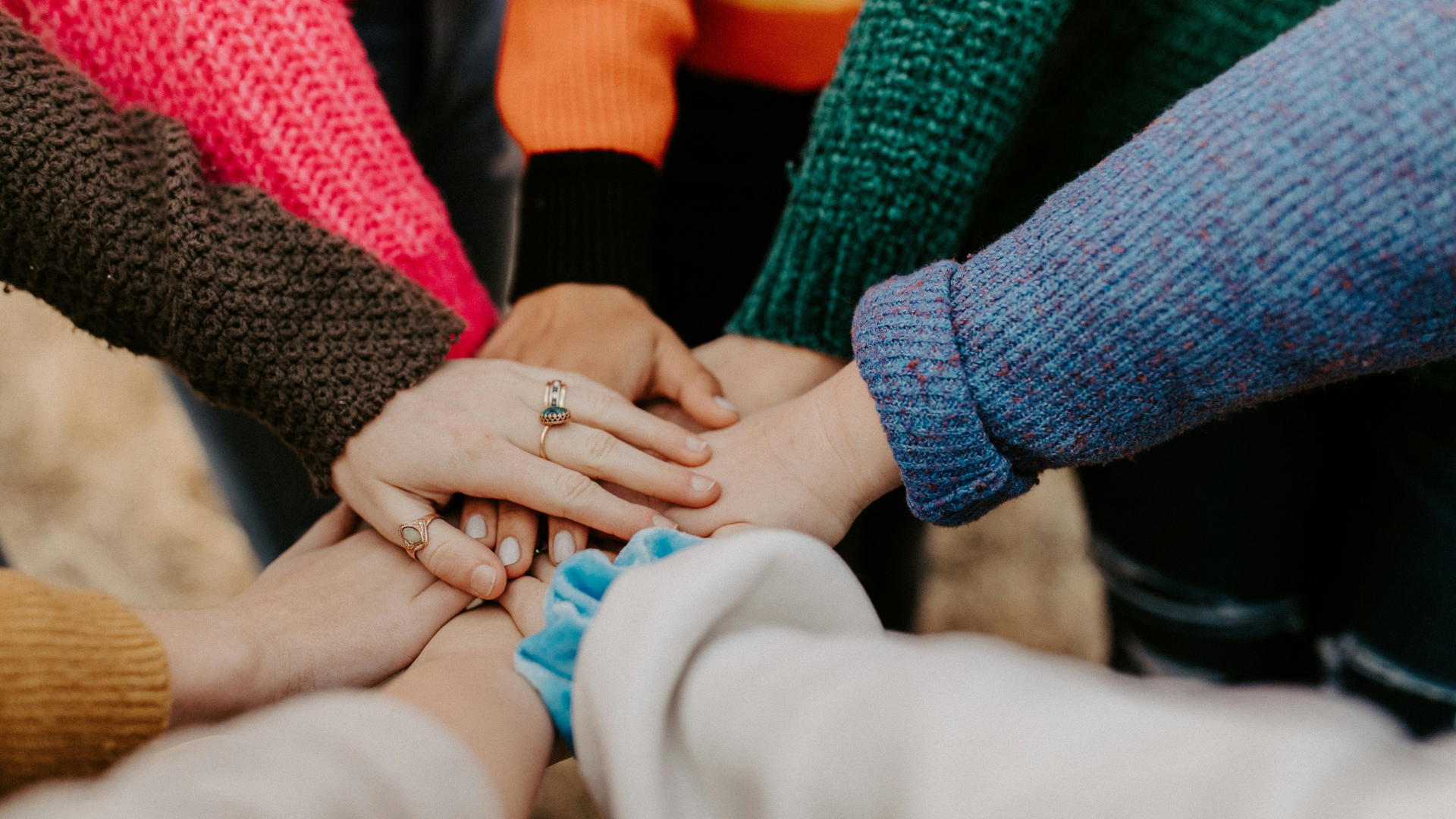
The Weave
When to Use This Tool:
Use The Weave when you’re living with chronic pain or stress and want to better understand how your environment is helping—or hindering—your ability to heal and adapt. It’s especially helpful when you’re ready to make lifestyle changes, set boundaries, or re-evaluate your support systems.
Why This Matters:
The Weave helps you visually assess the people, places, habits, and systems in your life and their impact on your resilience. By clarifying which resources are supportive or stressful, you can make more informed decisions about where to focus your energy, how to reallocate resources, and what shifts might support your healing process.
_____
The Weave
The Weave is a visual tool to assess if your environment is giving you what you need to positively adapt to chronic pain. Your capacity to adapt is increased if your environment provides you with the following “resilience factors”:
- Supportive relationships with significant others, peers, mentors, family and community members.
- A personal and collective identity that fuels feelings of satisfaction, pride and purpose.
- A sense that your experiences are validated. A sense that you have power and control over your life.
- A sense that you have equality in how you are treated and in the opportunities you have to participate and make meaningful contributions to your community. Having access to material resources such as food, clothing, shelter, a calm/safe environment, financial resources, medical services and opportunities for education/training/employment.
- A sense of meaning in your life. Having predictable structure that includes daily routines, regular events (e.g., sporting leagues, weekly meetings with friends, etc.) and culture-based practices (e.g., specific ways of worship).
The more of these resilience factors you are getting from your surroundings, the better chance you have of successfully dealing with pain. Different people and institutions in your life can provide some of these resilience factors—but they can also prevent you from accessing others.
The process of The Weave involves:
- Determining the resources in your life that can provide you with these resilience factors.
- Determining if these resources are overall positive or negative.
- Exploring different ways these resources can be changed or used more effectively.
Before beginning this process, find an ANCHOR and ask them to help you do The Weave and support you as you’re making changes to your life.
An anchor is a person(s) that consistently makes you feel safe and supported and whose opinion you trust. If you don’t have a person like this in your life, then use something that is meaningful and comforting to you—such as a pet, a place, the memory of someone, a movie, a song, a hero (real or fictional), God, etc. Touch base with your anchor regularly throughout this process.
Instructions
1. Write your name in the center of a sheet of paper.
2. Around your name, write down the following resources:
- People you have significant relationships with
- Institutions that support parts of your identity (e.g., occupational, cultural, or lifestyle institutions)
- People, places or institutions that give you access to material resources that are significant to you (e.g., work gives you money, yoga classes provide a space for meditation)
- Places you spend significant amounts of time (e.g., home, school, work, gym)
- Activities you regularly engage in (e.g., sports, hobbies, habits like smoking/snacking)
- Personal attributes you identify with (e.g., being kind, strong-willed, unique)
- Pain—if it provides inspiration, meaning, or a way to connect with others, include it in your Weave.
Note: Some resources will fit under multiple categories. Some resources can be both supportive and stressful.
3. Looking at each of these resources in your life, determine if it is more supportive or stressful for you:
- Draw a blue line between you and the resource to indicate that it provides a resilience factor. The line can be small (dashed), medium, or large depending on how much support it gives.
- Draw a red line if the resource prevents you from accessing a resilience factor. Again, size the line based on the level of stress it causes.
Note: Some resources can be both supportive and stressful.
4. Look at all resources together and assess how they interact:
- Do some make it easier to access others?
- Do some prevent access to others? (e.g., caring for a parent gives you purpose but limits career development)
- Do any cancel each other out or mutually support each other?
5. Reflect on how to shift your resources to provide more resilience:
- If a resource is more stressful than supportive, can you modify your interaction with it? Can another resource provide the same resilience factor?
- What prevents you from disconnecting from stressful resources or connecting with more supportive ones?
- Are you getting a variety of resilience factors from your resources?
- Are there resources you’re not accessing now that could help? Is there an advocate who could help?
Remember: You’re not judging your resources—just honestly assessing their impact.
Your Weave will shift over time, as resources may help at one time and hinder at another.

Dr. Trung Ngo
Author

The Weave
When to Use This Tool:
Use The Weave when you’re living with chronic pain or stress and want to better understand how your environment is helping—or hindering—your ability to heal and adapt. It’s especially helpful when you’re ready to make lifestyle changes, set boundaries, or re-evaluate your support systems.
Why This Matters:
The Weave helps you visually assess the people, places, habits, and systems in your life and their impact on your resilience. By clarifying which resources are supportive or stressful, you can make more informed decisions about where to focus your energy, how to reallocate resources, and what shifts might support your healing process.
_____
The Weave
The Weave is a visual tool to assess if your environment is giving you what you need to positively adapt to chronic pain. Your capacity to adapt is increased if your environment provides you with the following “resilience factors”:
- Supportive relationships with significant others, peers, mentors, family and community members.
- A personal and collective identity that fuels feelings of satisfaction, pride and purpose.
- A sense that your experiences are validated. A sense that you have power and control over your life.
- A sense that you have equality in how you are treated and in the opportunities you have to participate and make meaningful contributions to your community. Having access to material resources such as food, clothing, shelter, a calm/safe environment, financial resources, medical services and opportunities for education/training/employment.
- A sense of meaning in your life. Having predictable structure that includes daily routines, regular events (e.g., sporting leagues, weekly meetings with friends, etc.) and culture-based practices (e.g., specific ways of worship).
The more of these resilience factors you are getting from your surroundings, the better chance you have of successfully dealing with pain. Different people and institutions in your life can provide some of these resilience factors—but they can also prevent you from accessing others.
The process of The Weave involves:
- Determining the resources in your life that can provide you with these resilience factors.
- Determining if these resources are overall positive or negative.
- Exploring different ways these resources can be changed or used more effectively.
Before beginning this process, find an ANCHOR and ask them to help you do The Weave and support you as you’re making changes to your life.
An anchor is a person(s) that consistently makes you feel safe and supported and whose opinion you trust. If you don’t have a person like this in your life, then use something that is meaningful and comforting to you—such as a pet, a place, the memory of someone, a movie, a song, a hero (real or fictional), God, etc. Touch base with your anchor regularly throughout this process.
Instructions
1. Write your name in the center of a sheet of paper.
2. Around your name, write down the following resources:
- People you have significant relationships with
- Institutions that support parts of your identity (e.g., occupational, cultural, or lifestyle institutions)
- People, places or institutions that give you access to material resources that are significant to you (e.g., work gives you money, yoga classes provide a space for meditation)
- Places you spend significant amounts of time (e.g., home, school, work, gym)
- Activities you regularly engage in (e.g., sports, hobbies, habits like smoking/snacking)
- Personal attributes you identify with (e.g., being kind, strong-willed, unique)
- Pain—if it provides inspiration, meaning, or a way to connect with others, include it in your Weave.
Note: Some resources will fit under multiple categories. Some resources can be both supportive and stressful.
3. Looking at each of these resources in your life, determine if it is more supportive or stressful for you:
- Draw a blue line between you and the resource to indicate that it provides a resilience factor. The line can be small (dashed), medium, or large depending on how much support it gives.
- Draw a red line if the resource prevents you from accessing a resilience factor. Again, size the line based on the level of stress it causes.
Note: Some resources can be both supportive and stressful.
4. Look at all resources together and assess how they interact:
- Do some make it easier to access others?
- Do some prevent access to others? (e.g., caring for a parent gives you purpose but limits career development)
- Do any cancel each other out or mutually support each other?
5. Reflect on how to shift your resources to provide more resilience:
- If a resource is more stressful than supportive, can you modify your interaction with it? Can another resource provide the same resilience factor?
- What prevents you from disconnecting from stressful resources or connecting with more supportive ones?
- Are you getting a variety of resilience factors from your resources?
- Are there resources you’re not accessing now that could help? Is there an advocate who could help?
Remember: You’re not judging your resources—just honestly assessing their impact.
Your Weave will shift over time, as resources may help at one time and hinder at another.

Dr. Trung Ngo
Author
Related Articles
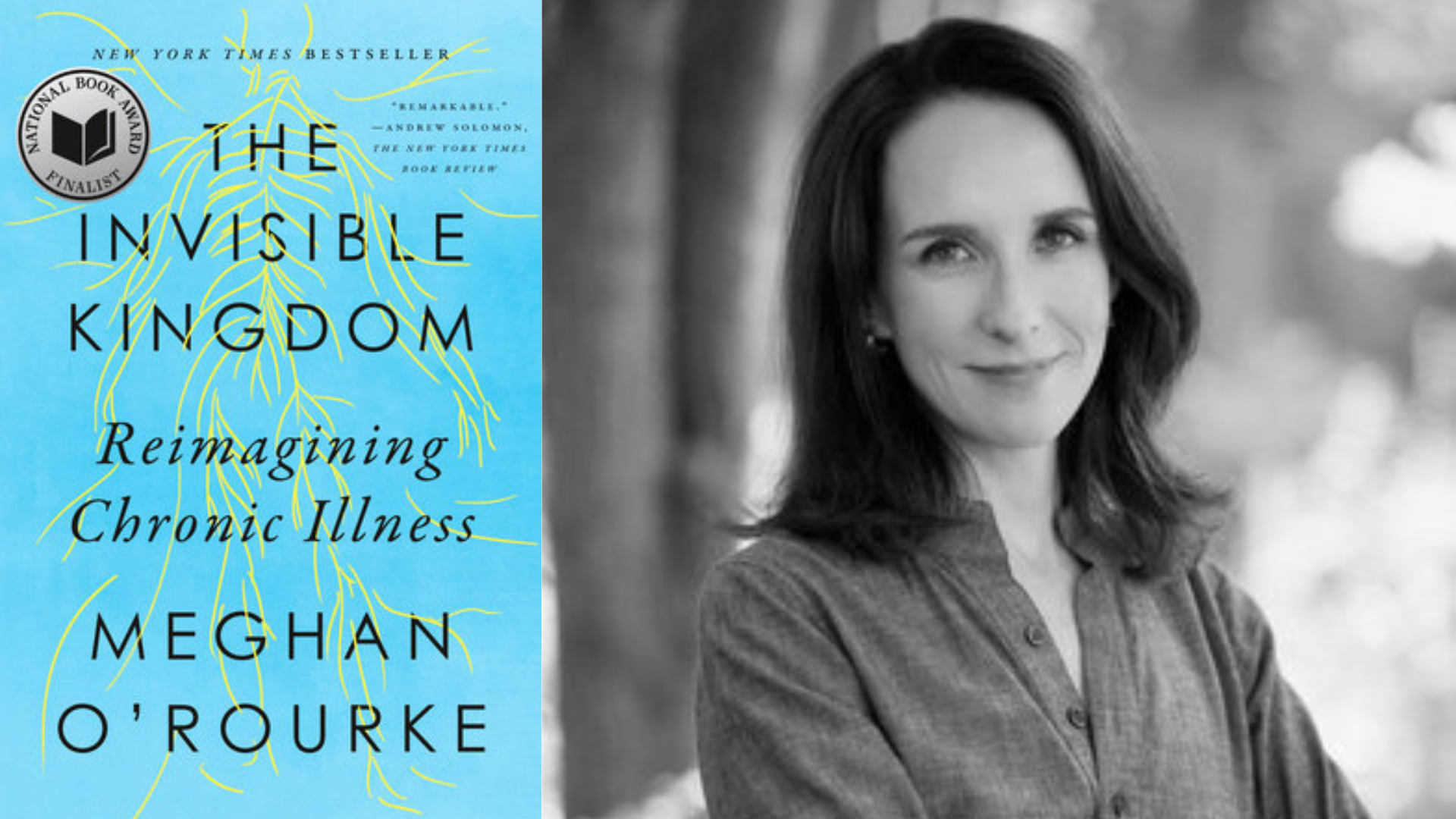
The Invisible Kingdom
The Invisible Kingdom is a gripping memoir for anyone with chronic illness, revealing healthcare gaps and urging a more compassionate, holistic approach to treating unseen, complex conditions.
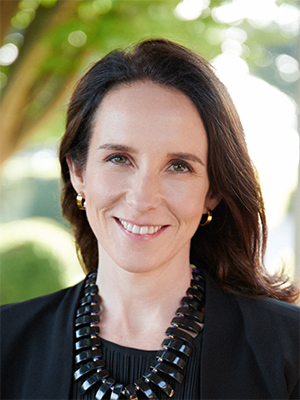
Meghan O’Rourke
April 18, 2025
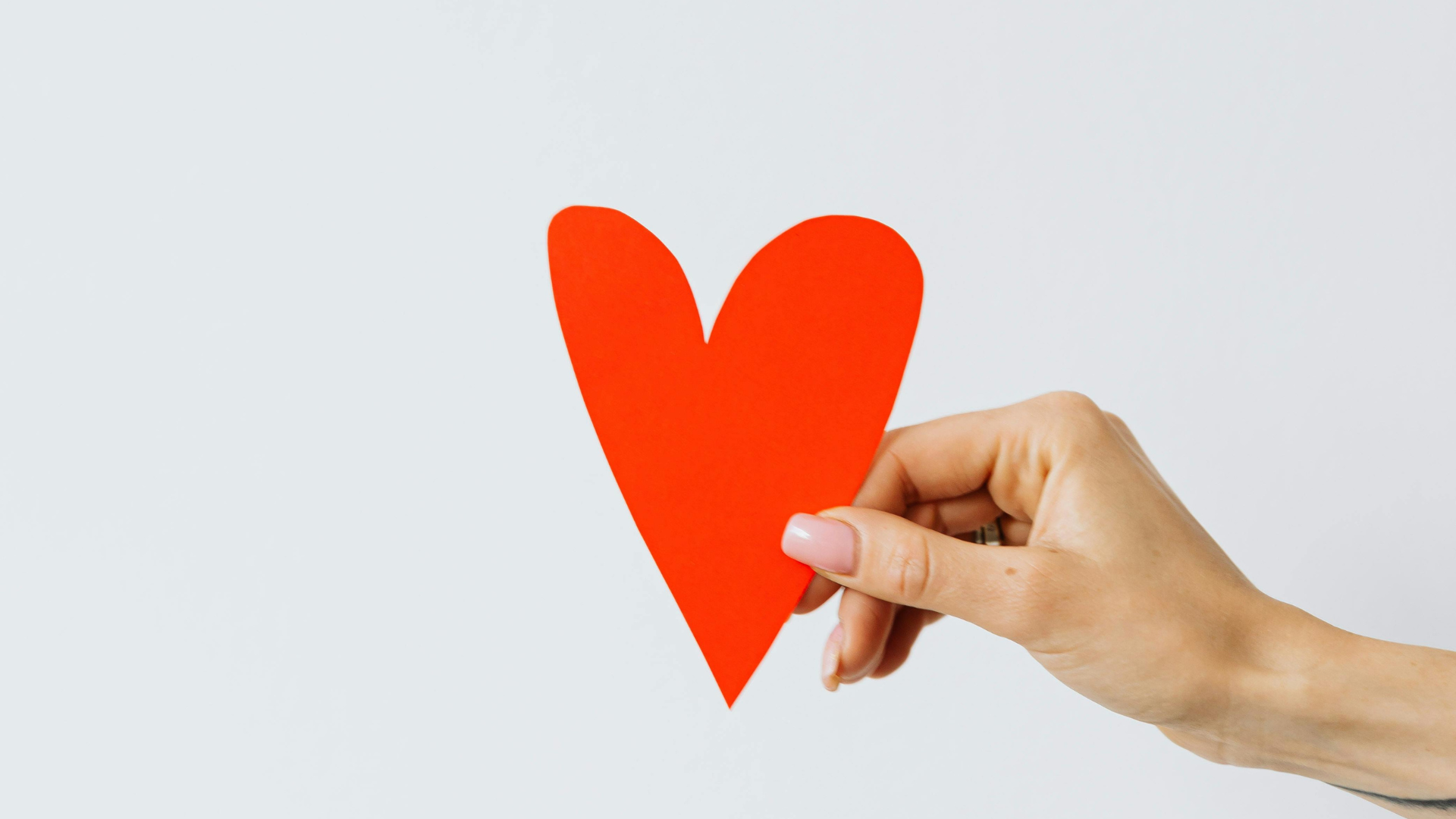
Heart Coherence Meditation
The Heart Coherence Meditation is a calming practice that syncs breath, heart, and emotions—perfect for grounding, unwinding, or easing stress to build clarity, resilience, and emotional balance.
Mel
April 20, 2025
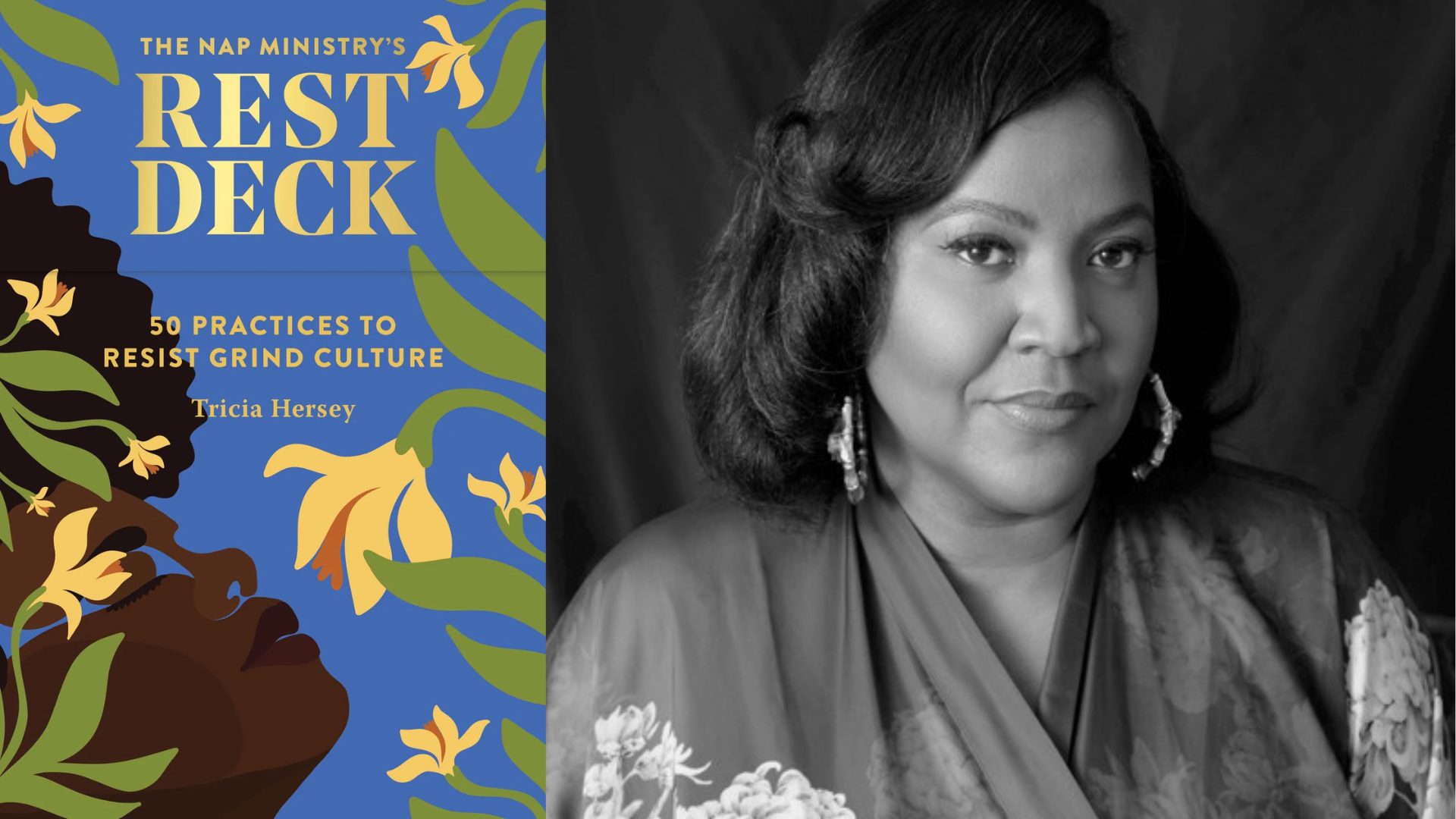
Nap Ministry Rest Deck - 50 Practices to Resist Grind Culture
The Nap Ministry Rest Deck offers gentle prompts for burnout or change, reframing rest as radical, healing, and essential in a hustle-driven world.
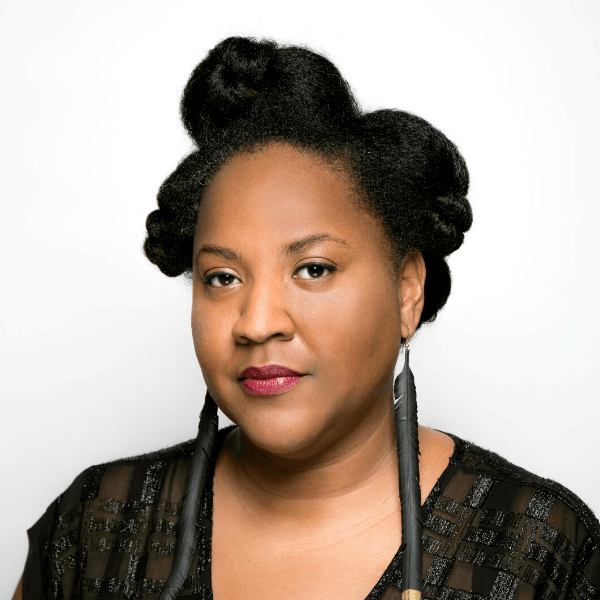
Tricia Hersey
April 18, 2025
